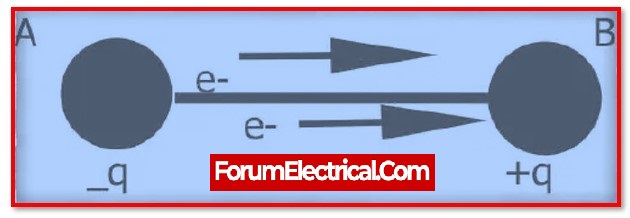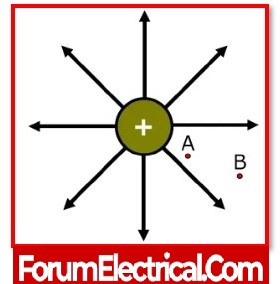What is Electric Potential?
Electric Potential, also known as the electric field potential, potential drop, or electrostatic potential, is the amount of energy required to convey a unit of electric charge from a referred point to a particular point in an electric field.
Electric potential is the effort involved by an outside force to move a unit positive charge from a place of zero potential to the body.
In numerical form,

A scalar quantity is electric potential. Positive work is performed by an external force or cause, whereas negative work is performed by the electric field.
The effort given up by an outside force to move a unit positive charge from a point of zero potential (which is a point at infinity∞ to a given point is known as the electric potential at that point.

What is the SI unit of Electric Potential?
The SI unit of electric potential is the joules per coulomb.
What is the symbolic representation of electrical potential?
Greek symbol ø is used to represent the principle of electrical potential. It has a magnitude and sign and is a scalar quantity. Any charge generates an electric potential in the proximity. Although both of these physical values are measured in Volts, it is not the same as the term voltage.
Why the electric potential is scalar?
The amount of work required to move a unit positive charge from infinity to the point where the primary charge is moving is known as the electric potential, and it is therefore a scalar quantity. The fact that work is the dot product of force and displacement makes it a scalar.
The electric potential is inversely proportional to the square of the distances from the point charge.










